Demons, Dragons and Serpents
 May 21, 2014
May 21, 2014
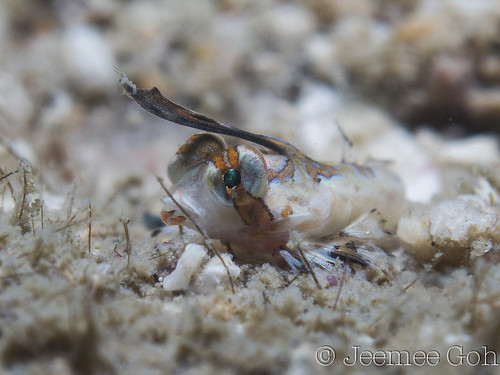
Kuiters dragonet is a curious little fish commonly found in Singapore’s shallow sheltered mud-sand flats, especially among seagrasses. It is named after Rudie Hermann Kuiter, a Dutch-born Australian underwater photographer, taxonomist, and marine biologist. He’s best known for describing many new species of seahorse. The photographs in this post were taken by Hantu Blog volunteer, Jeemee Goh. Not only is Jeemee an excellent guide, vastly experienced at navigating and discovering the hidden critters in our turbid waters, but he is also an extraordinary photographer, and has inspired many divers and underwater photographers to visit our waters with his captivating images. Here’s a collection of critters he encountered with our divers on 27 April.
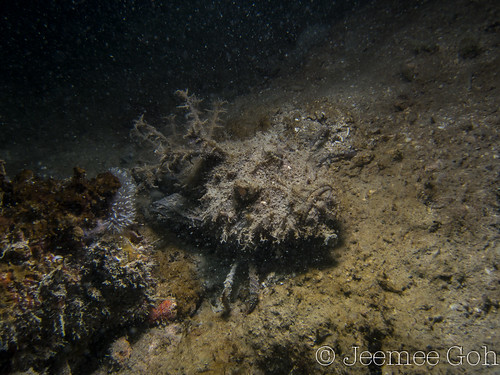
Demon stinger Inimicus didactylus – not too commonly sighted in local waters, but it seems that we are encountering them more often! It could just be the one, or that there are a few around our reefs. This bizarre walking fish is more common to reefs in the Indian Ocean. It hides is true colours, as it has brilliantly colored pectoral and caudal fins, which it flashes only when it feels threatened by a SCUBA diver.
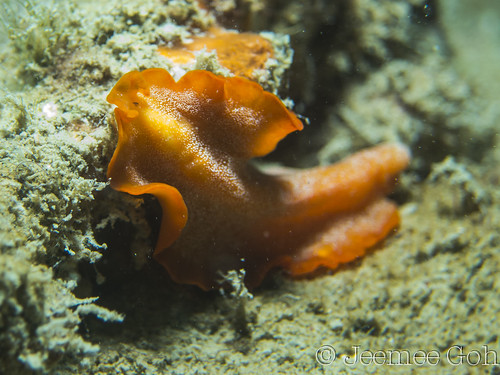
Marine flatworm – a truly simple but unbelievably beautiful animal!
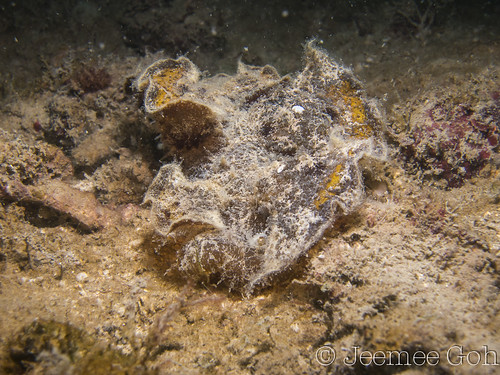
Melibe sp. – it might not look like much, but this is a predatory sea slug!
Goby on fungia coral

Doto sp. on Giant hydroid (hydroids may look like plants, but they are animals too!)
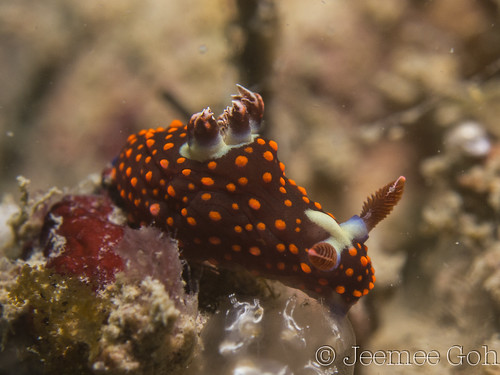
Nembrotha livingstonei – a recent new record for Singapore! First sighted in March 2014, and there have been two more sightings since!
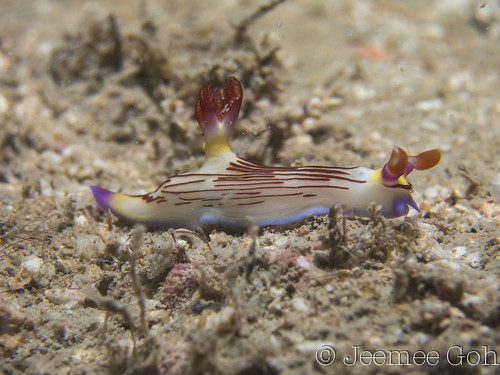
Nembrotha lineolata – a new record for Singapore! It’s so thrilling to still be making new discoveries in our oceans despite over a decade of diving here!

Gymnodoris alba? – it’s small now, but these dorid nudibranches can grow up to 60 mm in length!
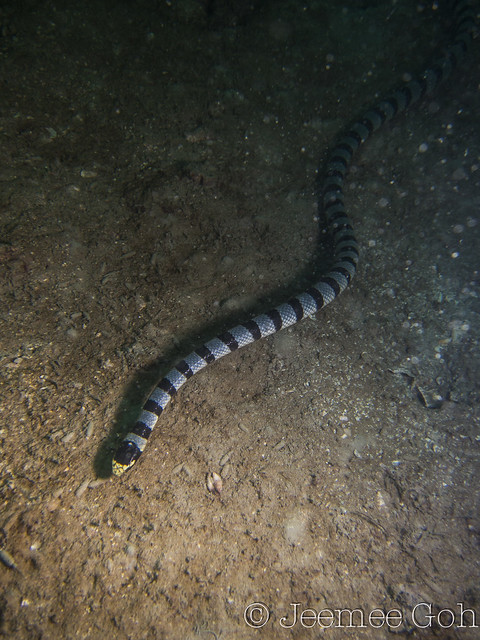
The Yellow-lipped sea krait is usually encountered at or near the surface, or along the shallow reef, so it was interesting to encounter this one along the seabed. We wonder if they may be travelling this way because of the water turbidity – using the seabed to navigate between reefs, instead of swimming in midwater? We also meet sea kraits along the sea bed during night dives.
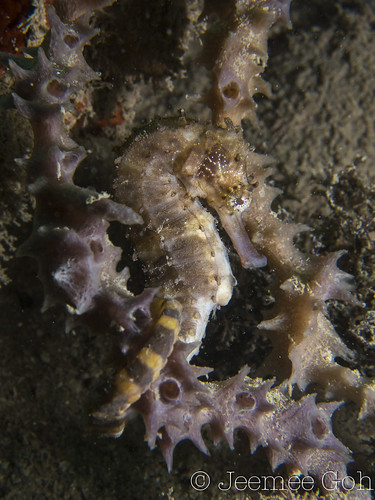
Tigertail seahorse clinging on to pink branching sponge. To see more incredible photos from this dive, visit the Hantu Blog Gallery!
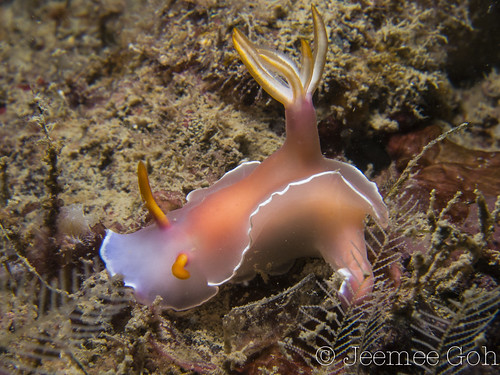
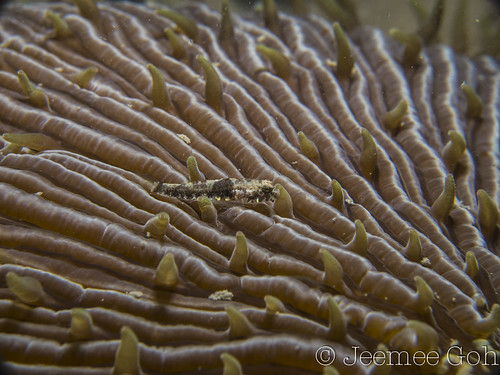
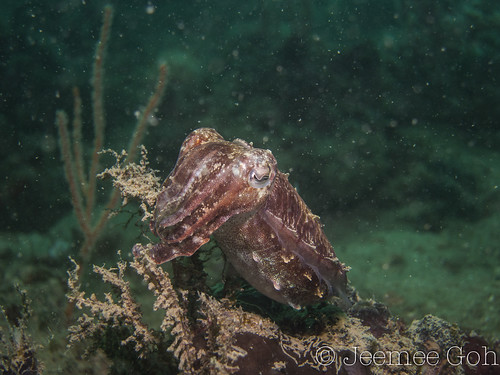
 Posted in
Posted in 



 content rss
content rss
COMMENTS